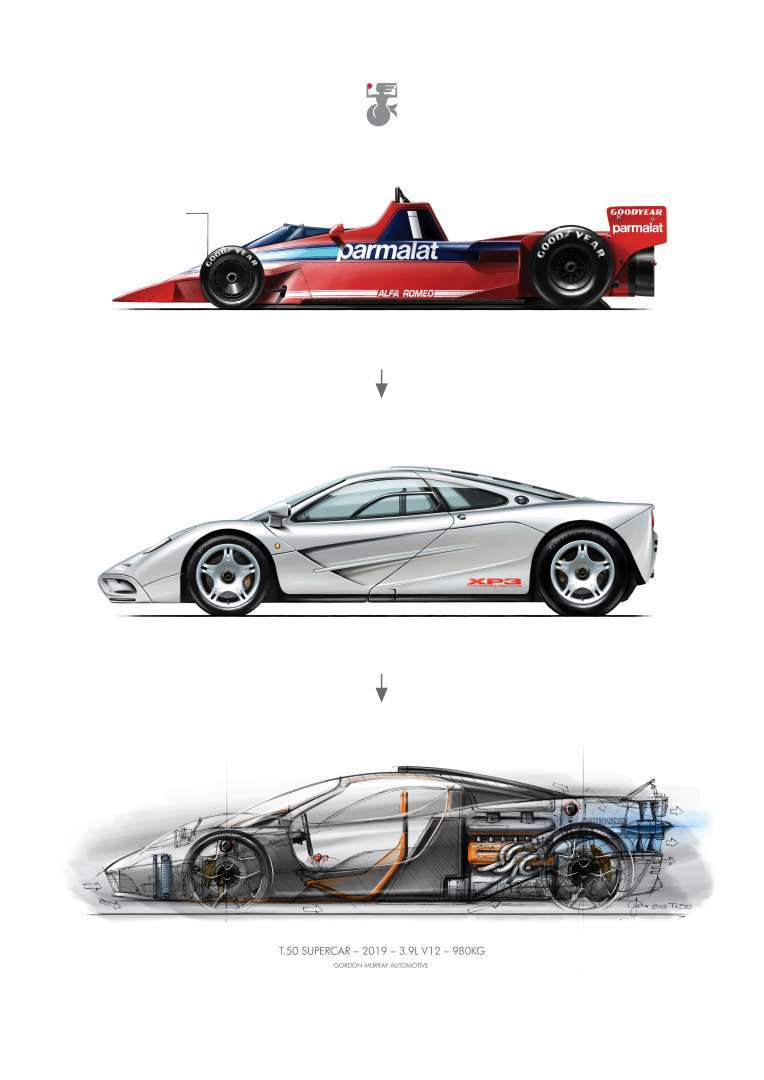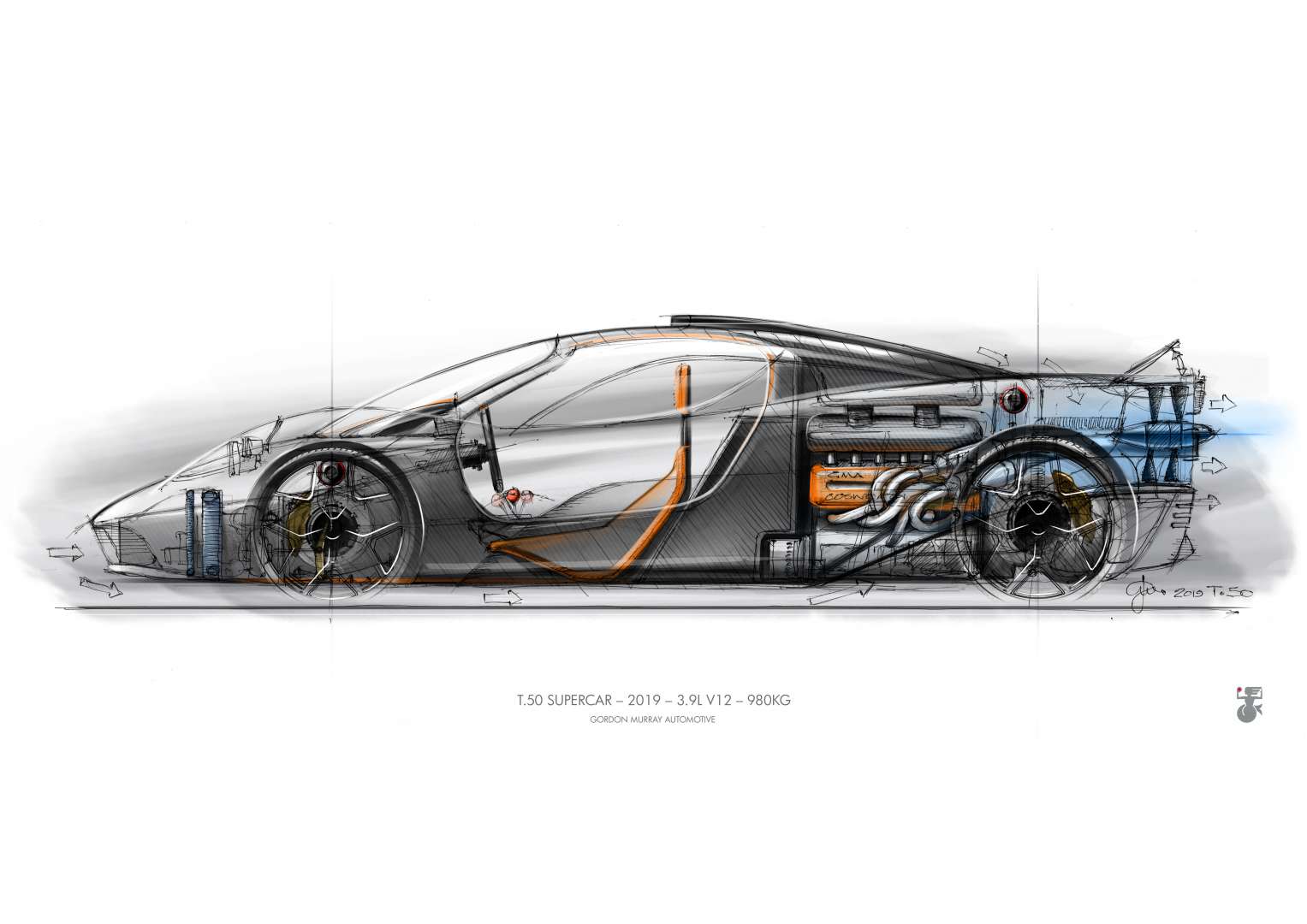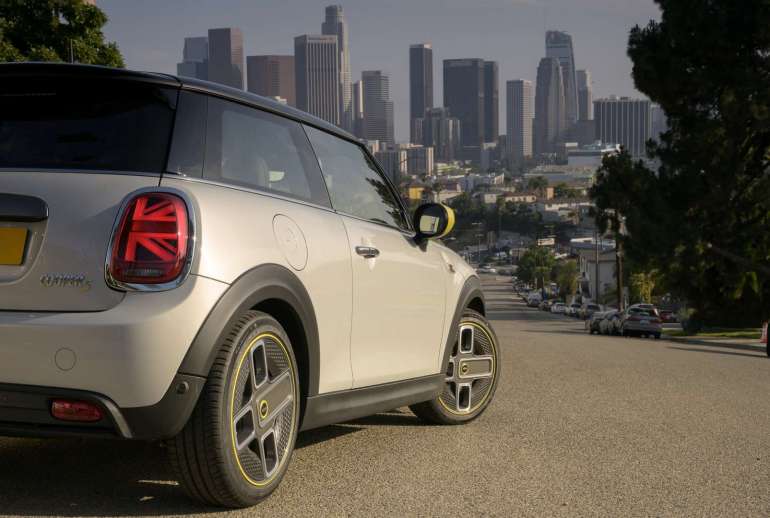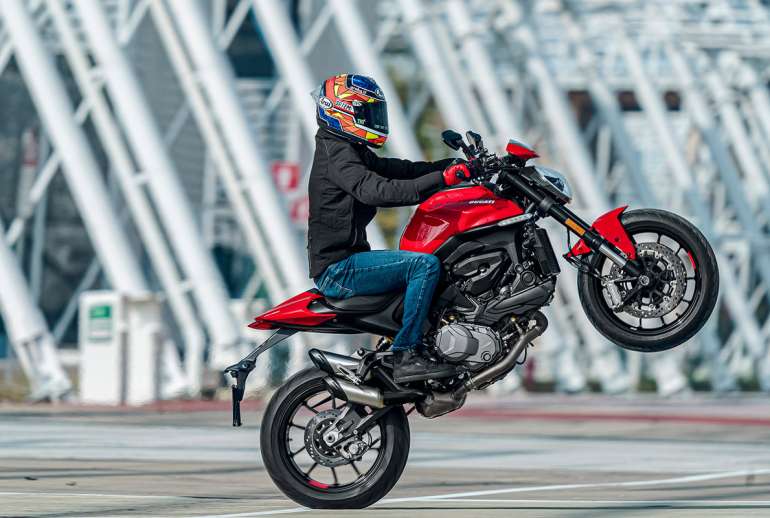The last time I heard from Gordon Murray is when the Bugatti Veyron Super Sport breached the top speed barrier of 268 mph (431 kph). I fondly remember Professor Murray’s answer to what he’ll do to improve the Bugatti Veyron, to which he said: ‘I’ll get off the turbos, to start.’
This cemented my personal impression of Gordon Murray; the name, the man, the legend. He’s renowned for merging the link between man and machine without tarnishing or diluting the driving experience, which is the most important aspect of driving a speed machine.
Professor Gordon Murray CBE knows what he’s talking about
This is the reason why the thought of a new car from Gordon Murray is worth the wait. Most recently, the Commander of the Most Excellent Order of the British Empire says the T.50 supercar is currently at the advanced stages of development.
For those who don’t know, Gordon Murray is the creator of the McLaren F1, which many say is the world’s first hyper supercar. Back in the 90s, the F1 can reach a blistering top speed of 240 mph (386 kph). The record stood until 2005 when the Koenigsegg CCR went faster at 241 mph (388 kph) followed by the Bugatti Veyron Super Sport.
So yes, you can also say the McLaren F1 started the top speed race. It came with a BMW-sourced 6.0-liter V12 motor producing 618-horsepower and 586 pound-feet of torque. It also came with a central driver seat with two seats on both sides of the driver. It’s basically a dream come true, but it also came with an expensive $1.2-million price tag. Now, a pristine example will fetch $12-million to $15-million.
When Murray said the new T.50 supercar is rewriting the rule book, you better believe it.
The new T.50 has the highest-revving engine used in a production car
Just when Mercedes claimed the title of creating the most powerful four-cylinder engine with the new M129 a couple of days ago, we now have Gordon Murray saying the naturally-aspirated V12 engine in the new T.50 is the highest-revving engine ever used in a production car.
Feast your eyes on these luscious numbers. The T.50 has a relatively compact 3.9-liter naturally-aspirated V12 engine mounted in the rear. The engine is developed by Cosworth. “It is a real privilege to play such a key role in the T.50 with an all-new V12 3.9-liter engine, designed, developed, manufactured and assembled by Cosworth’s industry-leading powertrain division,” said Bruce Wood, Cosworth Managing Director for Powertrain. This new motor generates 650-horsepower and 332 pound-feet of torque. What’s more, the motor can rev to 12,100 rpm.

The T.50 is light as a feather
Yes, Gordon Murray’s T.50 supercar has twice the rev range of a conventional engine in a Camry or Civic. And while the horsepower and torque figures are not enough to upset the hyper-horsepower batch of modern supercars, the T.50 is not about breaking records, unlike the F1. “The reality of chasing top speeds only adds weight, notably through ever-more powerful engines, which increase the requirement for larger, heavier ancillaries. We are taking a very different approach,’ said Murray.
And by this, he means a lightweight construction. The new T.50 will only weigh 980 kilos or 2,160 pounds. When paired with the 650-horsepower engine output, the T.50 has an amazing power-to-weight ratio of 663-horsepower per ton, which is more than any other naturally-aspirated sports car.
The T.50 has a six-speed manual and rear-wheel drive
The lightweight motor is connected to a proper six-speed manual. Why? Because real men should row their own gears. The gearbox is designed by British specialist Xtrac and turns the rear wheels. No fancy dual-clutch automatic and no all-wheel-drive. That’s how a real supercar should be.
It’s going to be a rare (and expensive) sight
Gordon Murray says the new T.50 supercar will be made in the UK in limited numbers, which is only 100 units to be exact. Deliveries are expected to start by early 2022 with a price starting around $2.5-million.



